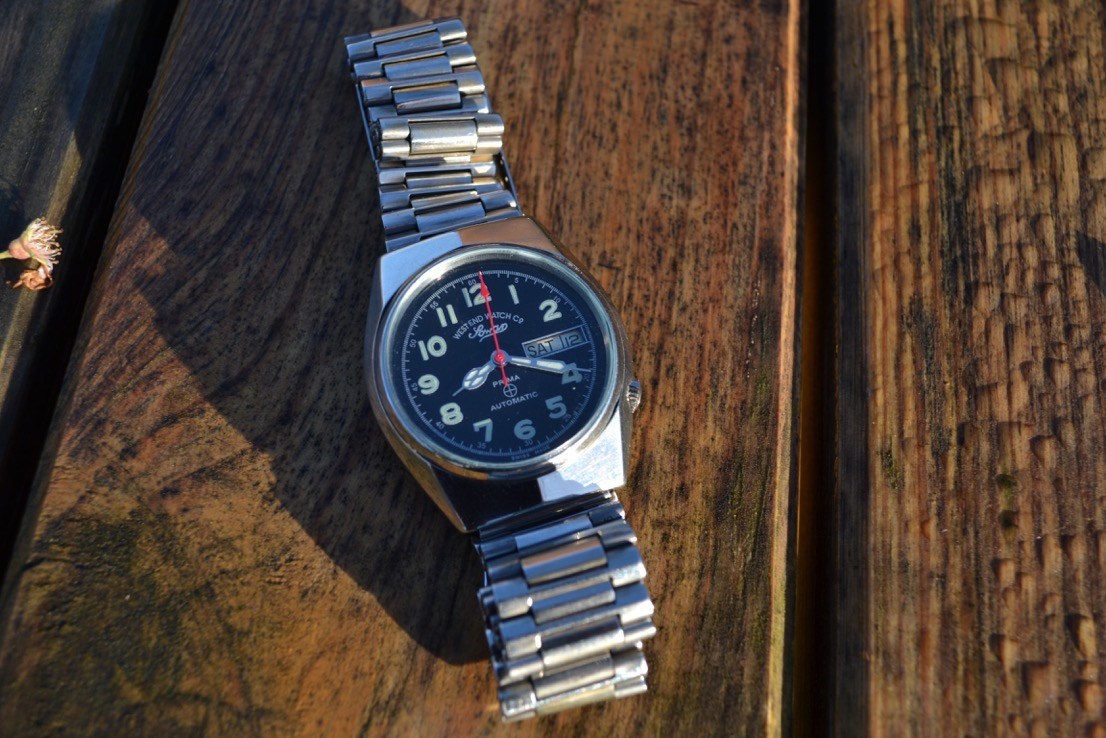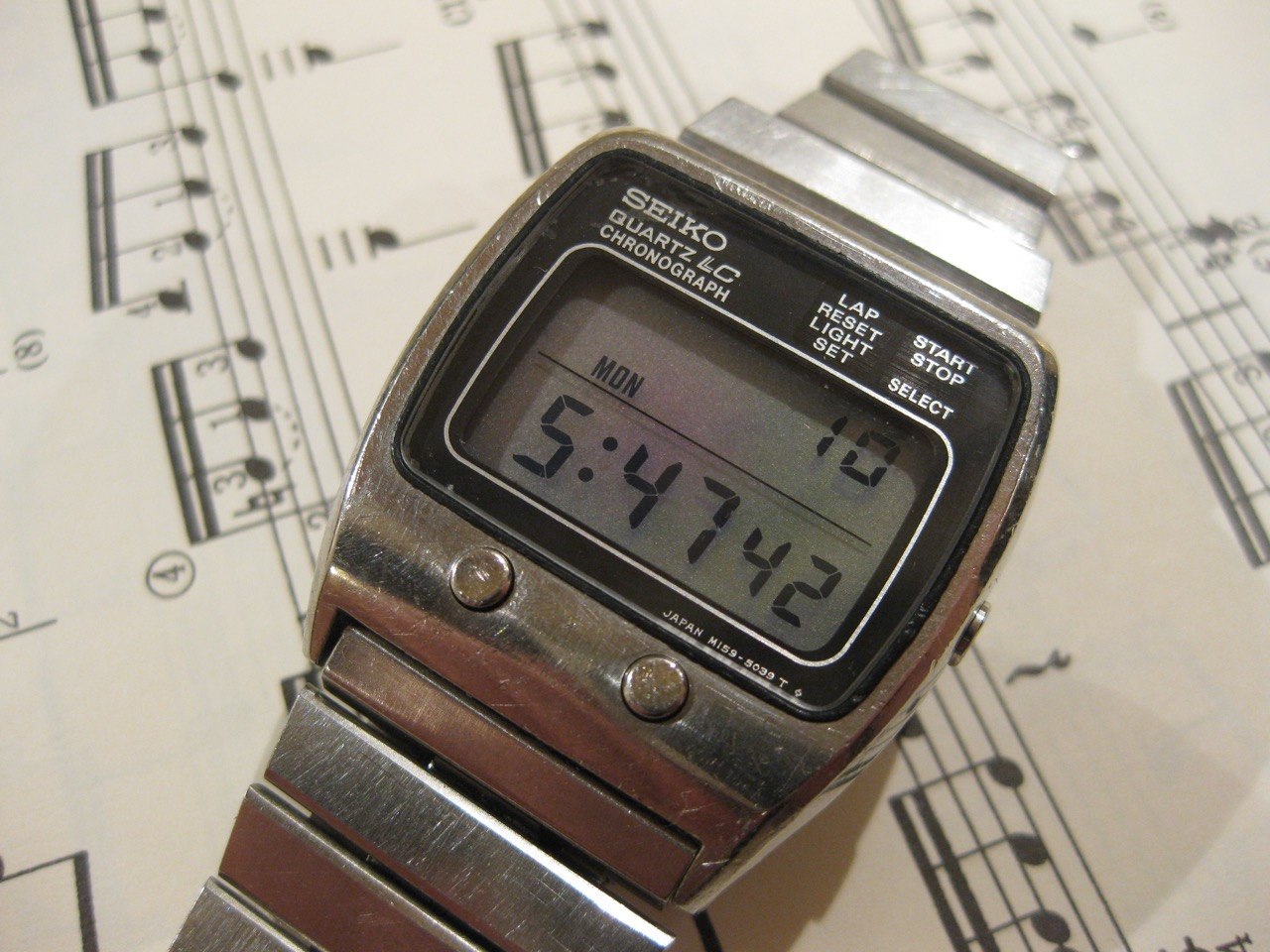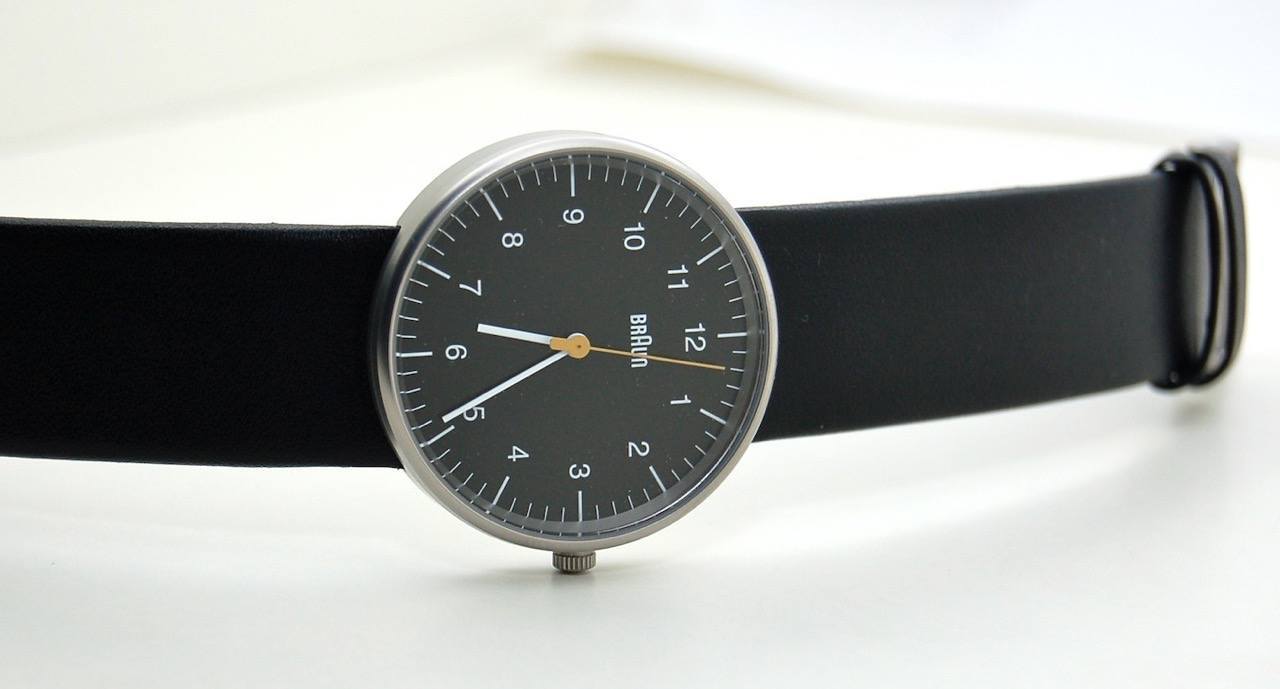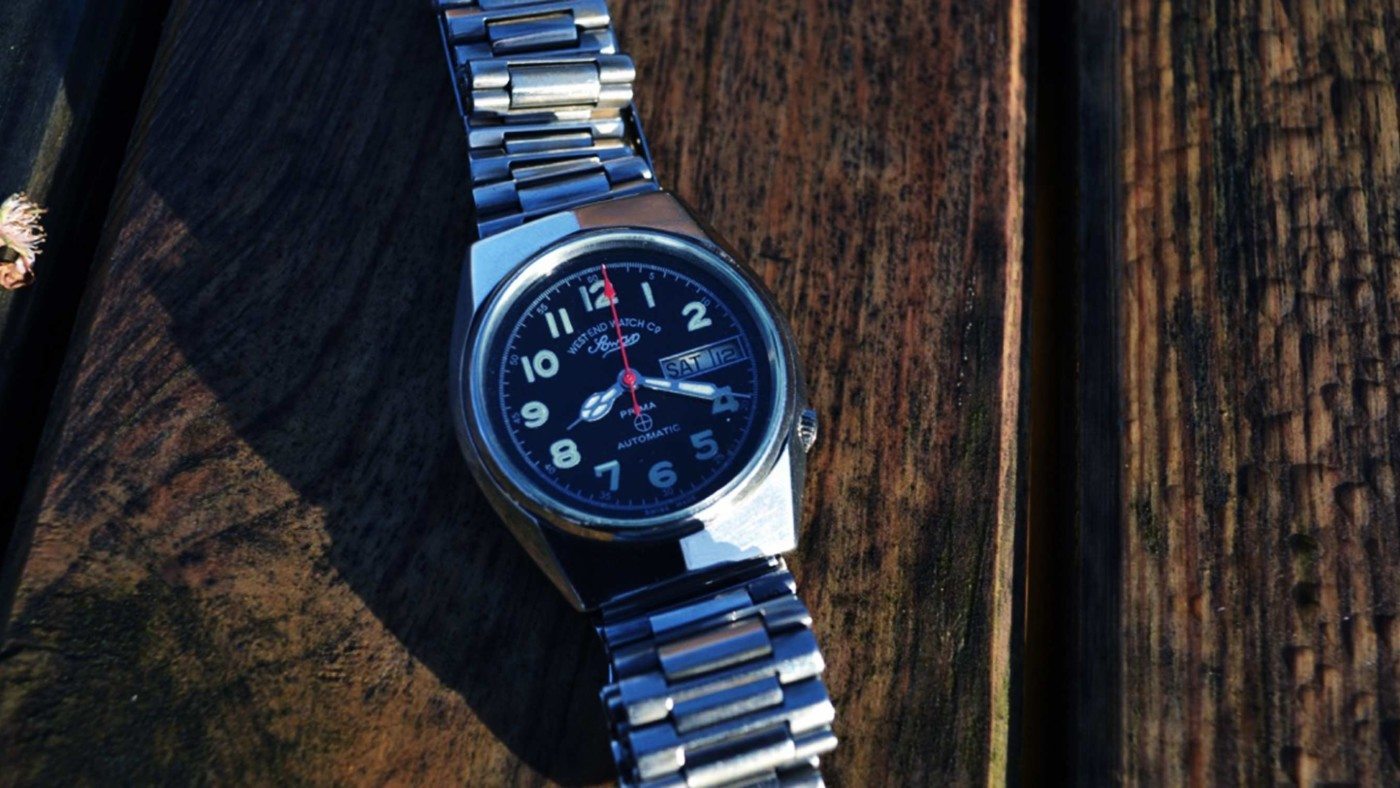The problem with watches, like cars, is that nobody really needs a nice one.
A car which reliably, economically and safely gets from A to B is enough for the vast majority. So it is with timepieces. Inexpensive, reliable and robust; job done, say most normal people.
But many of us are not normal, are we? Some people with a passion for watches and cars spend vastly more than is necessary on them, and we do so not just because of what they do but often because of how they make us feel. We are, I fear, a bit odd. Happy, poor, and odd.
My father bought a new Rolex Submariner in 1966. It cost around £80 I think, a fortune for him in those days. When he went to visit his own Yorkshire father he was asked what time it was by his £80 watch. “Twenty past seven dad”, said my father. My grandfather, pulling his battered, cheap and ancient pocket watch out and glancing at it, simply nodded and muttered “Aye”.
But like my own dad, we watchies don’t hanker after these things because they’ll tell the time better than anything else – they won’t of course – but because they’re beautiful machines and wonderful pieces of design. The consequence is that we are always lusting after something insanely expensive, be it a new A. Lange & Sohne or a vintage Heuer.
Those of us who aren’t hedge fund managers or oil princes often, finally, get what we want with a mix of saving, trading up our collections and forcing the family to live on beans for a while. It’s a lovely feeling to walk out of the jewellers with your box of joy, but it’s not the only great feeling in watch collecting, and that brings me to what we’re going to talk about today…cheapies.
I think there are few greater pleasures than sitting down with a laptop and a glass of wine and going cheapie hunting. It’s like casting a fly or a baited hook in to a deep pool and having no idea what you’ll pull out.
Some of the watches which have given me the greatest pleasure when they arrive in the post have cost less than £100, often much less, and I suspect many of you reading this can say the same.
I believe the chief reason why is the element of surprise. If you are after a vintage Rolex you know exactly what to look for (and if you don’t, close that laptop because a world of pain awaits you), so the best that can be said when it arrives is that it’s what you thought it would be. A sense of relief is the foremost emotion, given the slightest thing being wrong can mean you’ve over-paid by hundreds, or even thousands.
But cheapies are different. The watch you take a punt on for buttons might turn out to be a beautiful thing with a rich history you can explore for the first time. It can be far better than you expected, relatively unknown to your peers and, best of all, you’ve risked so little buying it there’s no fear factor. If it’s horrible you simply shrug and bang it back on eBay – worst case scenario is you lose the price of a round of drinks. It’s all upside.
An example from my watch box is this Sowar Prima automatic by The West End Watch Company.

I stumbled across it on eBay one day whilst looking for something else entirely and was drawn immediately to its very attractive dial, geometry, hands, 4 o’clock crown and the way the clean, rounded lines of the watch were mirrored by the numerals (although I admit the vintage Omega bracelet the seller hadn’t identified caught my eye too).
What the hell is that, I thought.
Twenty minutes’ research on the forums revealed something unexpected: a Swiss watch company owned for 135 years by the same family (with a three year gap when it was owned by a Chinese calculator company, of all things), producing well-made, robust and pretty automatic watches exclusively in Switzerland using ETA (and, very occasionally, Longines) movements.
Interesting, I thought, and dug a little deeper in to the history and the bottle of Malbec.
A Monsieur Charpie created the company in Switzerland in the 19th century to manufacture and export pocket watches to India. Initially there was no name on the dials but after the creation of the International Bureau for the Protection of Intellectual Property he decided to add a Helvetia figure (as she appeared on Swiss coins). This proved a disaster as many Muslims felt they could not accept reproductions of the human form so, in a panic, Charpie ordered replacement dials bearing the name “West End Watch Company” because he always stayed in, and enjoyed, the West End on his visits to London.
West End very quickly developed in the British Empire’s colonial east, selling in large numbers to British soldiers and civil servants. Hence ‘Bombay-Calcutta’ was inscribed above the sub-second enamel dials of its early ‘Queen Anne’ model.
As the brand’s name spread further East, even T.E. Lawrence (“of Arabia”) bought one. Then in 1934 George Braunschweig presented his invention, the ‘Incabloc’ (of which we watchies are these days all too aware, albeit from other brands) to West End and the Sowar Prima, the first watch carrying this system, was born.
Over the years, the Sowar (meaning “warlike” in Hindi) Prima became the firm’s flagship model, but its even more affordable watches continued to sell in huge numbers, including in new markets such as pre-revolutionary Iran (mine is from the Iranian market, which is why I can set it to show the days in either Arabic or English).
So here is a wholly Swiss-made vintage watch, the first to use an Incabloc system, with complications, dripping in history and also looking lovely.
It cost me £34.
The Sowar now functions as my dress watch thanks to its 34mm size and it never fails to elicit questions at social events.
There’s a joy of discovery as well as ownership in cheapies which simply can’t be had amongst famous names. Slightly up the scale of course come vintage Seikos, of which I have more than is healthy too, mostly because of the joy of finding proper, original pieces amongst the fakes and Frankenwatches out there. As the late Lemmy from Motorhead famously said, “the chase is better than the kill”. We’ll be covering Seiko separately on CapX Weekend soon, so I’ll merely mention it today.
Sadly cheapie hunting is getting harder and somewhat more competitive than it was five years ago. As vintage watches have become ”a thing” more people are becoming aware of previously little-known names (look at the prices of Vulcains, Universal Geneves and Roamers to name but three). The flurry of old, extinct Swiss manufacturers whose names have been bought up and relaunched has also led to a rise in prices for the original watches, but they are out there.
To drive the point of cheapie joy home I asked three well-known watch writers, all people with some very lovely and extremely expensive things indeed in their collections, what their best ever cheapie was.
Mark McArthur-Christie:
“In Watchworld, one man’s ‘cheap’ is another man’s ‘how much?’, but I’ll go for my Seiko M159-5039. A £35 Ebay punt for a piece of horological history; this was one of the very first LCD digis back in 1977. It not only still runs, it’s one of the most accurate watches I own.”

Ben Oliver:
“It must be hard to buy a watch much cheaper than the Casio F91W, which Amazon is offering for just £7. And for most of us, it’s all the watch we need. It is accurate enough to have been recommended as a bomb timer by Al Qaeda! If you want something sleeker, I’d steer you towards Braun. A brand that also makes electric razors and food processors is hardly glamorous, but rejecting all that Swiss rubbish is part of the joy of a cheapie. Braun has pioneered great industrial design for decades. Its watches are no exception and start at under £100.”

John Galt:
“Being a watch writer or collector doesn’t always have to mean high-end or high value, there are plenty of good watches under £250. One of my favourite watches was bought from eBay for under £100. The Swatch System 51 is a real marvel, a Swiss made automatic with a power reserve that lasts for over three days. I love my little Swatch, its great fun to wear with its translucent plastic case and the dial showing red dots representing six of the jewels and the white dots the weld points of the movement. Every time I wear it it brings a smile to my face, which is what watches should do.”

And that’s the rub. You could buy every watch mentioned today in this piece and still have change from £350.
Rather like tasting wine in a Sicilian restaurant which costs four Euros a bottle and was made from grapes grown in their garden, and finding it to be glorious before leaving with two emptied plastic water bottles full (we had a good holiday this year) there are a thousand undiscovered bargains out there.
Go to it.
*I’m grateful to the fine folk of the Watchseek UK forums and particularly West End collector ‘Aashdin’ on the Timezone pages for the information on the company which appears in this article.


